
This post was done in partnership with The Wirecutter, a list of the best technology to buy. Read the original full article below at TheWirecutter.com.
If I wanted the cheapest good Wi-Fi router I could get, I would buy the TP-Link TL-WDR3600. It’s a wireless-N router that costs $60 but outperforms some routers that cost twice as much. It took more than 150 hours of research and testing to find our pick. Of the 29 routers we looked at and the seven we tested, the TL-WDR3600 had the best performance for the lowest price.
Our Pick
The TP-Link TL-WDR3600 is a dual-band, two-stream router that’s faster, more consistent, and has better range than other routers near its price range. Unlike many cheap routers, it supports both 2.4GHz and 5GHz bands, and it has Gigabit Ethernet ports and two USB 2.0 ports for sharing printers and storage with your network. It’s a great upgrade from your ISP-provided router, and it supports a connection type that’s six times as fast as wireless-g (the previous standard found in routers from 2007 or earlier).
Since the TL-WDR3600 is a wireless-N router, wireless-AC devices won’t be as fast as they could be on a wireless-AC router. We don’t think that’s a dealbreaker yet. Wireless-AC only started showing up in high-end laptops, smartphones, and tablets in 2013. Wireless-N devices are still much more common. Wireless-AC devices work just fine with a wireless-N router, though. In our tests, the TL-WDR3600 even outperformed some more expensive wireless-AC routers at long range.
The TL-WDR3600 is easy to set up, but beyond that its user interface is complex and unintuitive. This is a common problem with TP-Link routers, but we think this router’s performance and low price make it worth the hassle. At this price, performance is more important than an interface with which you’ll rarely have to deal. And if you can manage the interface, you’ll find features common in more expensive routers, like parental controls, guest networks, and a DLNA server for streaming media.
These Vintage Computer Ads Show We've Come a Long, Long Way
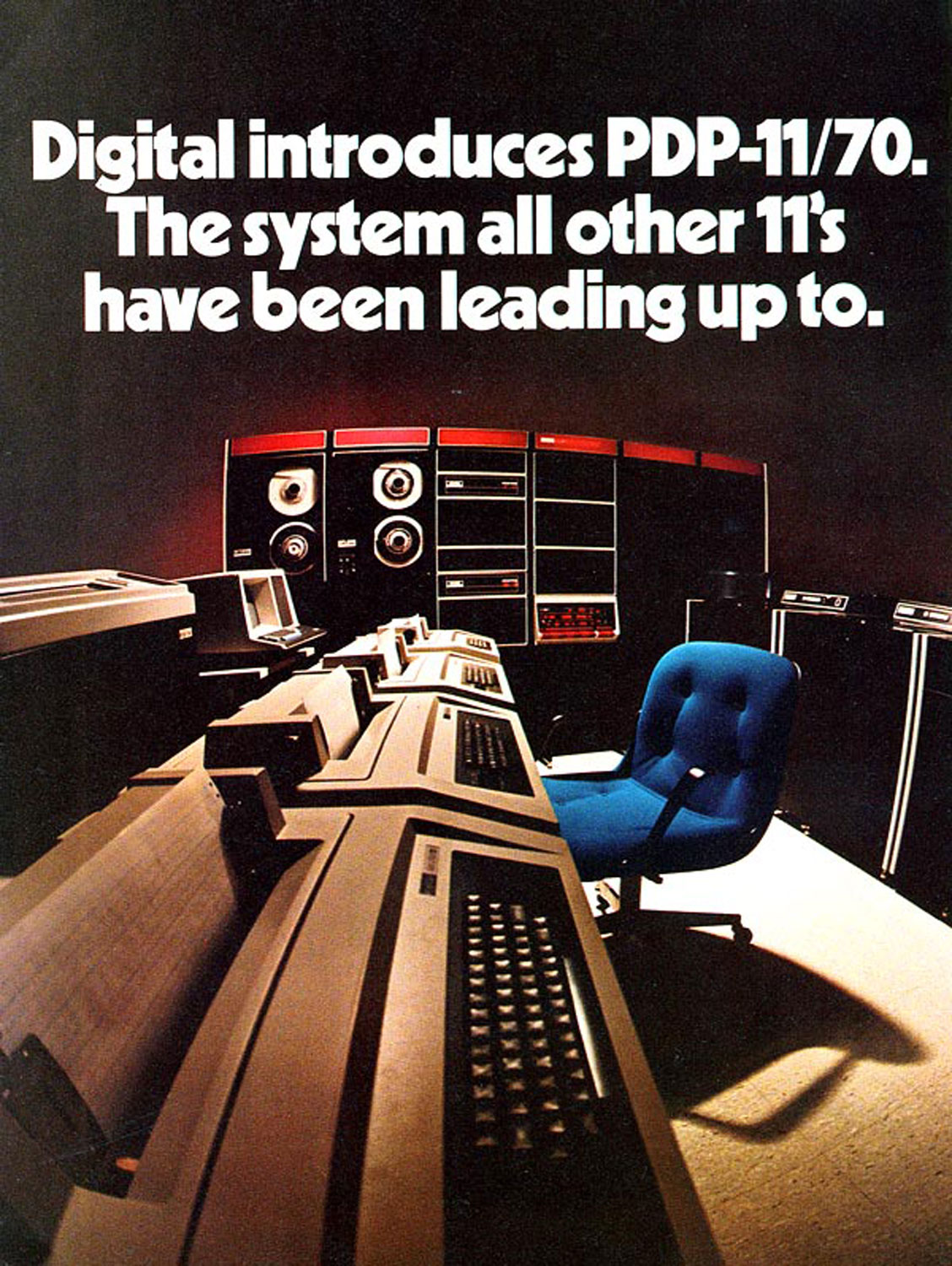
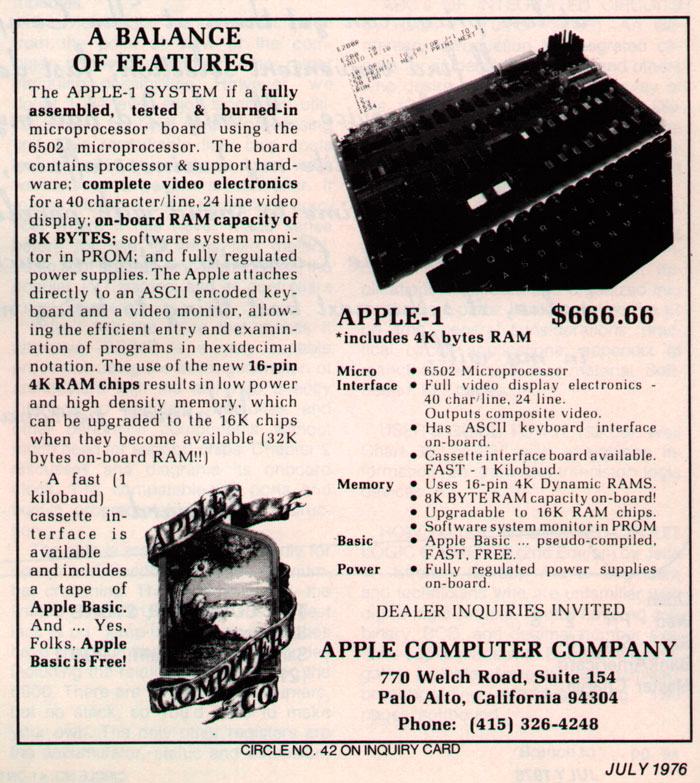

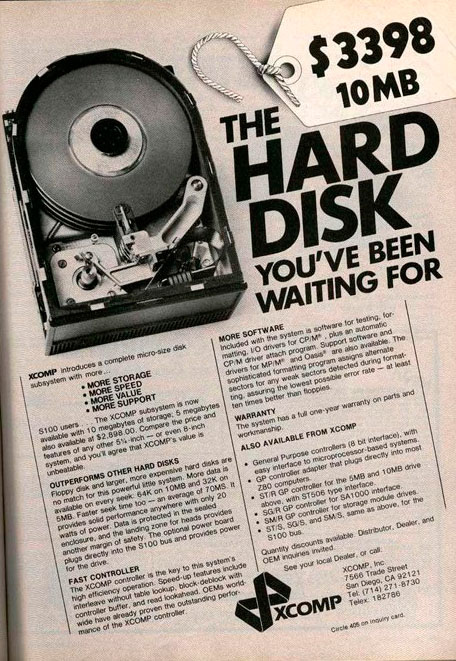

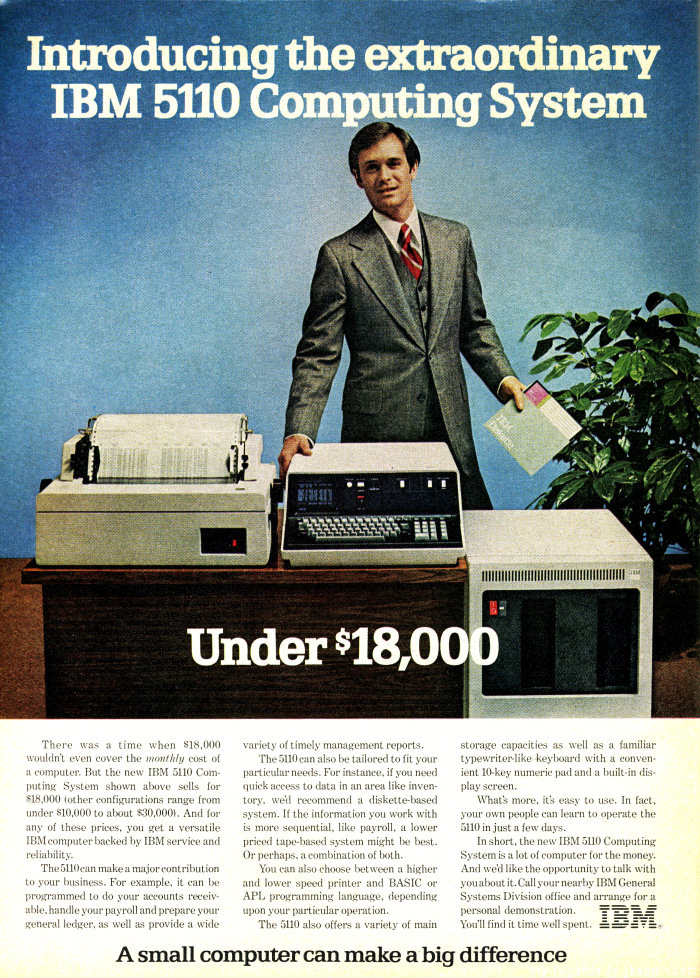
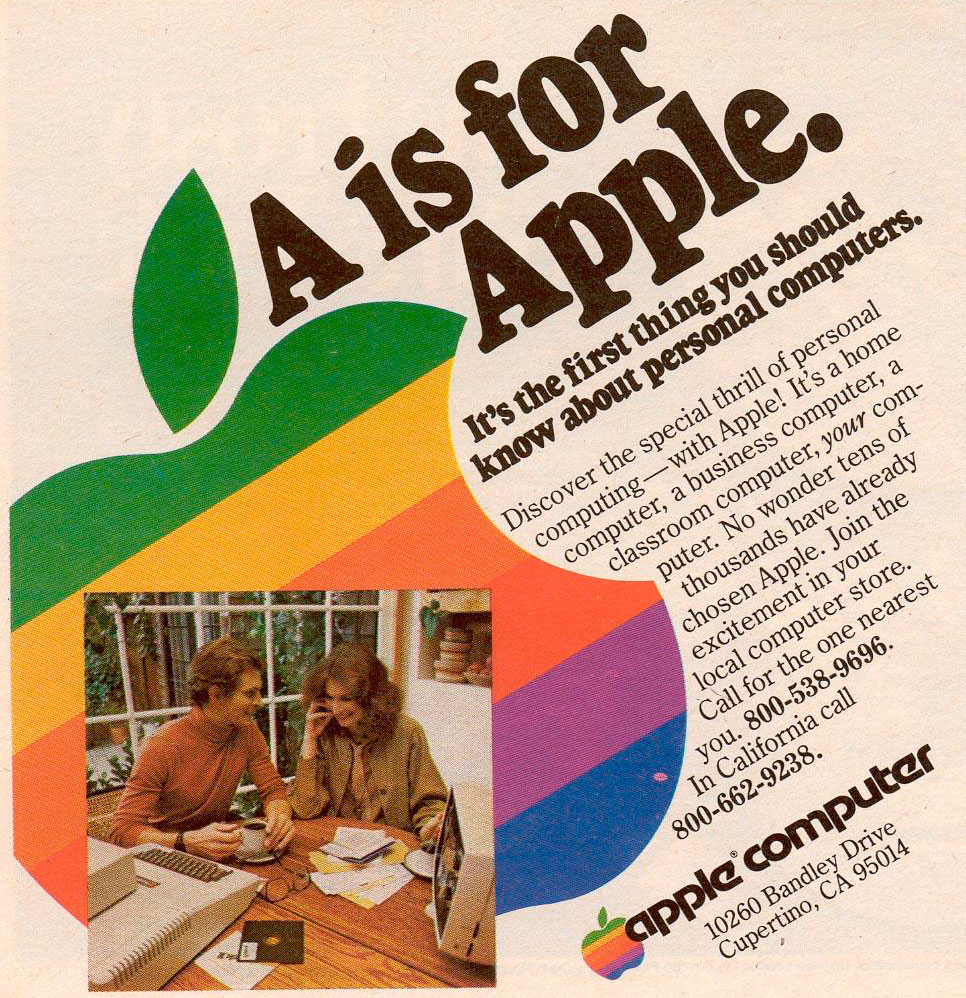
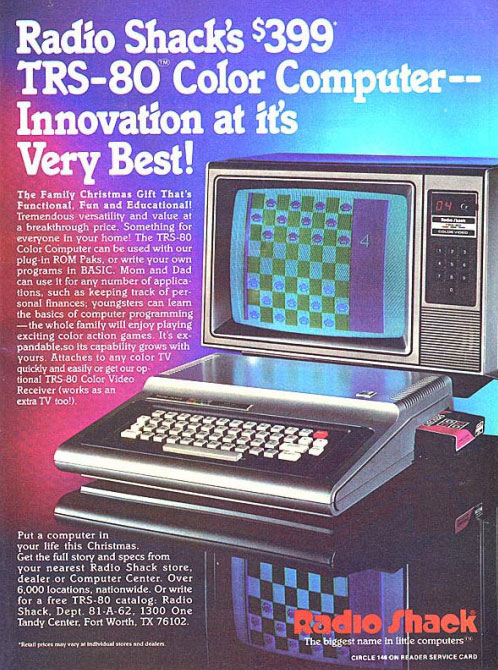
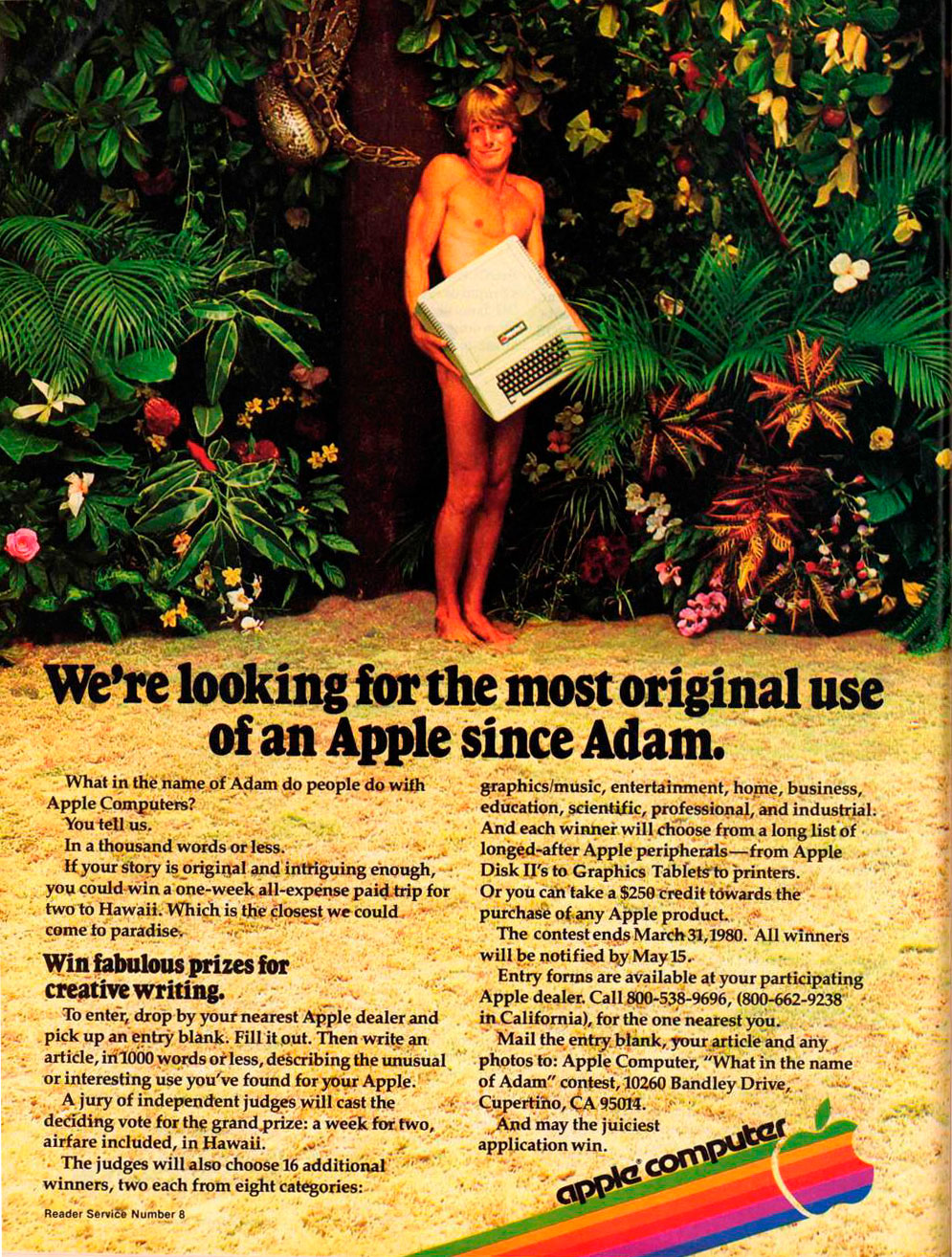


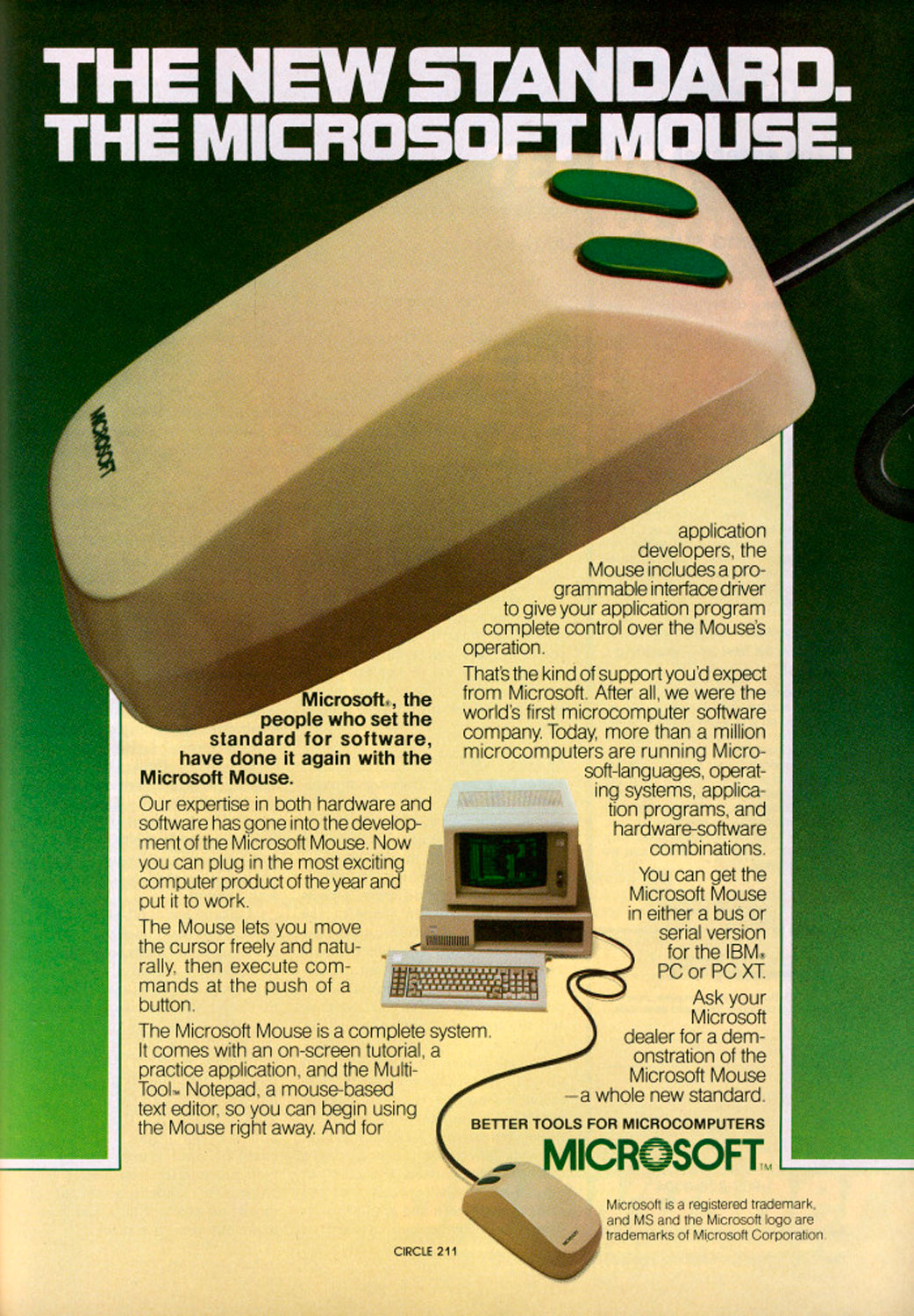


Other Options
If the TL-WDR3600 is not available, consider the Edimax BR-6478AC ($70). It’s a dual-band, dual-stream wireless-AC router with an interface that’s much easier to use than the TP-Link’s (which solves our two biggest complaints about our main pick). Unfortunately, its range isn’t quite as good as the TP-Link’s. If you have wireless-AC devices and spend a lot of time on high-bandwidth tasks — like backing up your entire laptop to a network drive — you’ll want the Edimax’s speed. If you just surf the Web a lot, you’ll want the TP-Link’s extra range—wireless-AC speeds don’t really matter unless you have a very fast Internet connection to begin with.
If you can afford to spend $100 on a router, get the TP-Link Archer C7, our favorite router. It has the same complex, unintuitive interface as the TL-WDR3600, but it supports three-stream wireless-AC devices and its speed and range are incredible. It’s more than twice as fast as the TL-WDR3600 and the Edimax on most of our tests, and it’s even faster than some $200 routers. Just make sure you’re getting the v2 version.
In closing
For the devices you’re most likely to own, TP-Link’s inexpensive TL-WDR3600 delivers great performance at the longest distances. It’s the best cheap router for most people. If you have lots of wireless-AC devices but are still on a budget, check out Edimax’s $70 BR-6478AC. Neither router is as good as our favorite router, the $100 TP-Link Archer C7 v2, but you’ll pay more for the extra performance.
This guide may have been updated. To see the current recommendation, please go to The Wirecutter.com.
More Must-Reads from TIME
- Donald Trump Is TIME's 2024 Person of the Year
- Why We Chose Trump as Person of the Year
- Is Intermittent Fasting Good or Bad for You?
- The 100 Must-Read Books of 2024
- The 20 Best Christmas TV Episodes
- Column: If Optimism Feels Ridiculous Now, Try Hope
- The Future of Climate Action Is Trade Policy
- Merle Bombardieri Is Helping People Make the Baby Decision
Contact us at letters@time.com